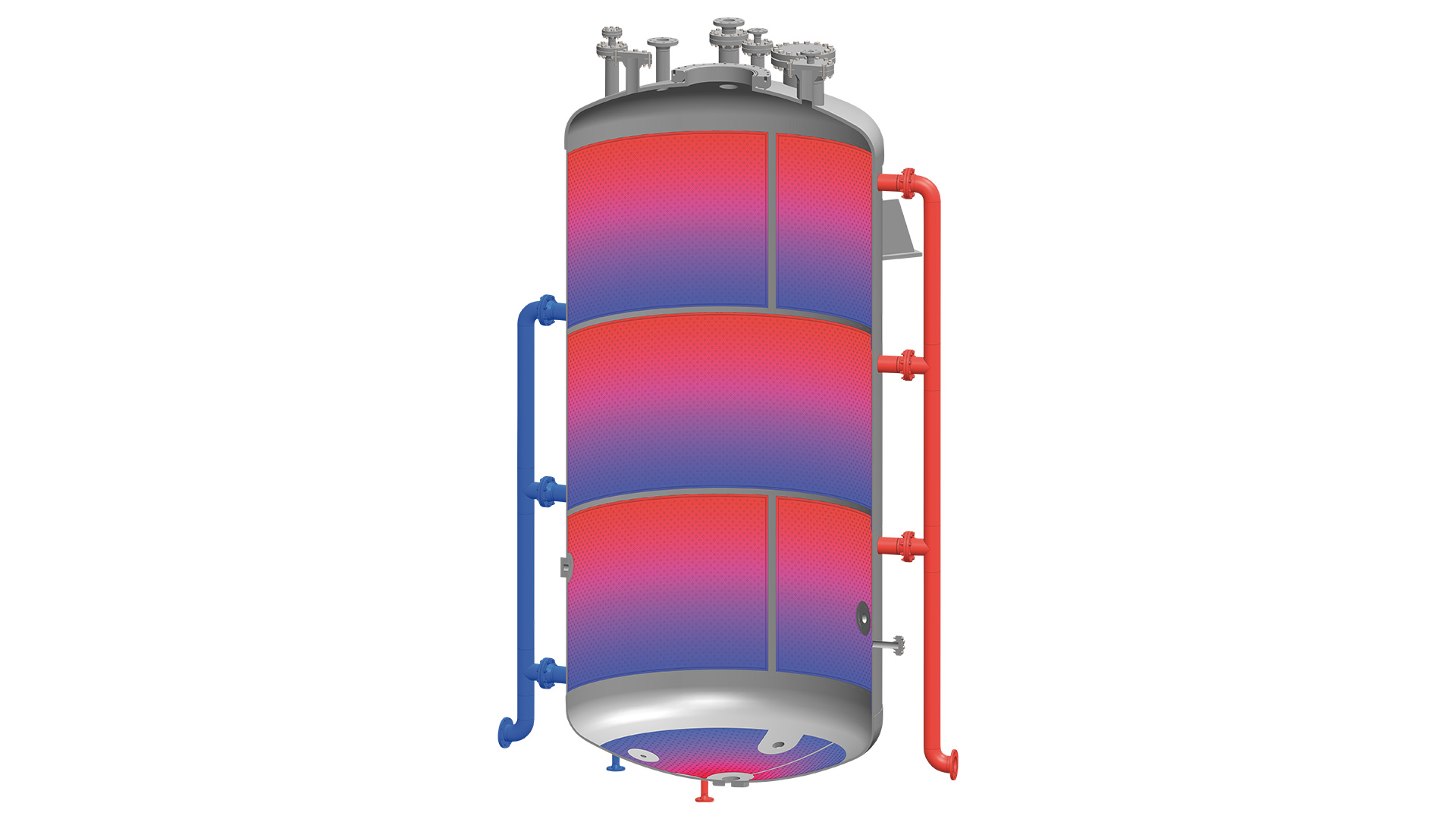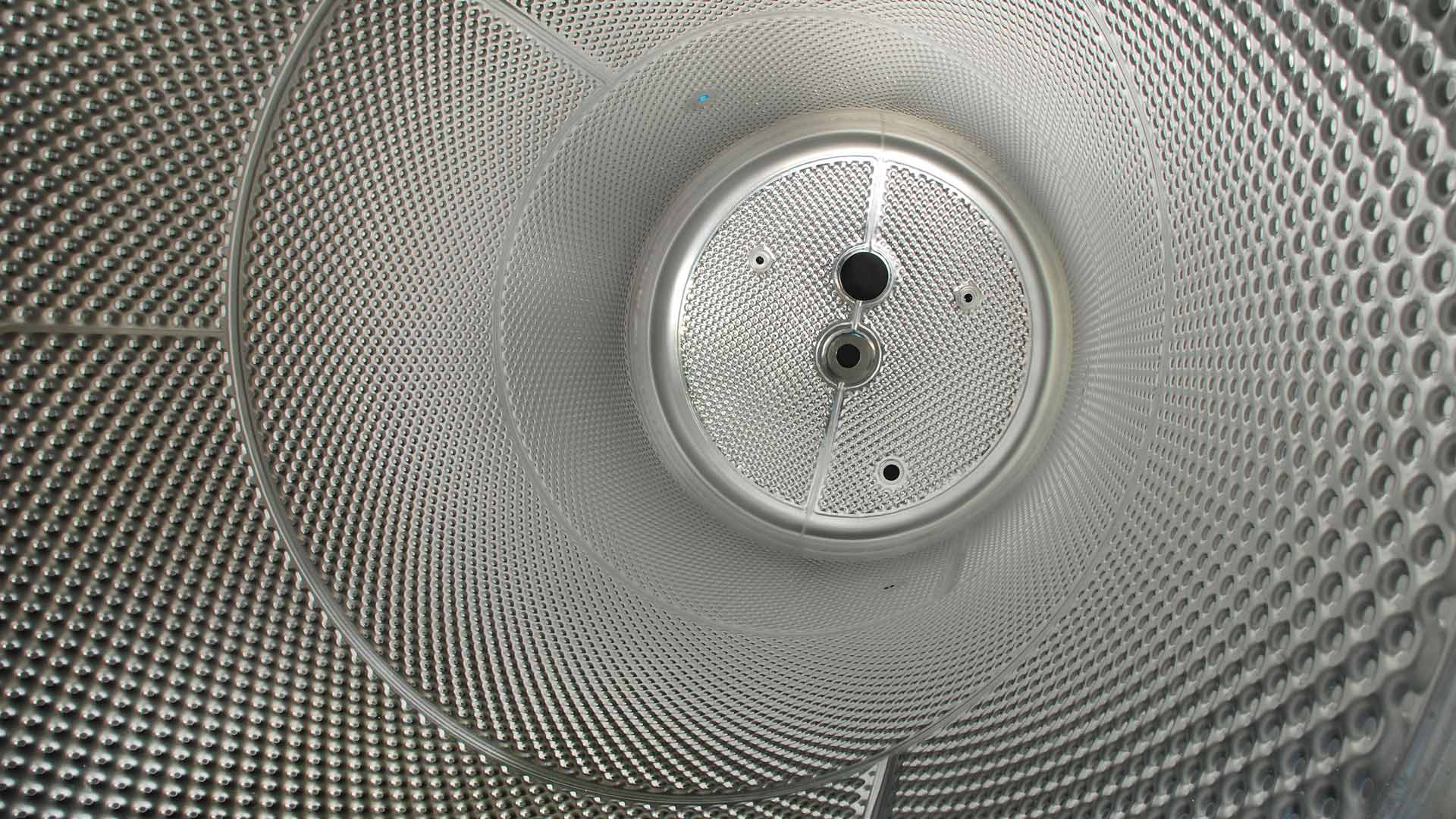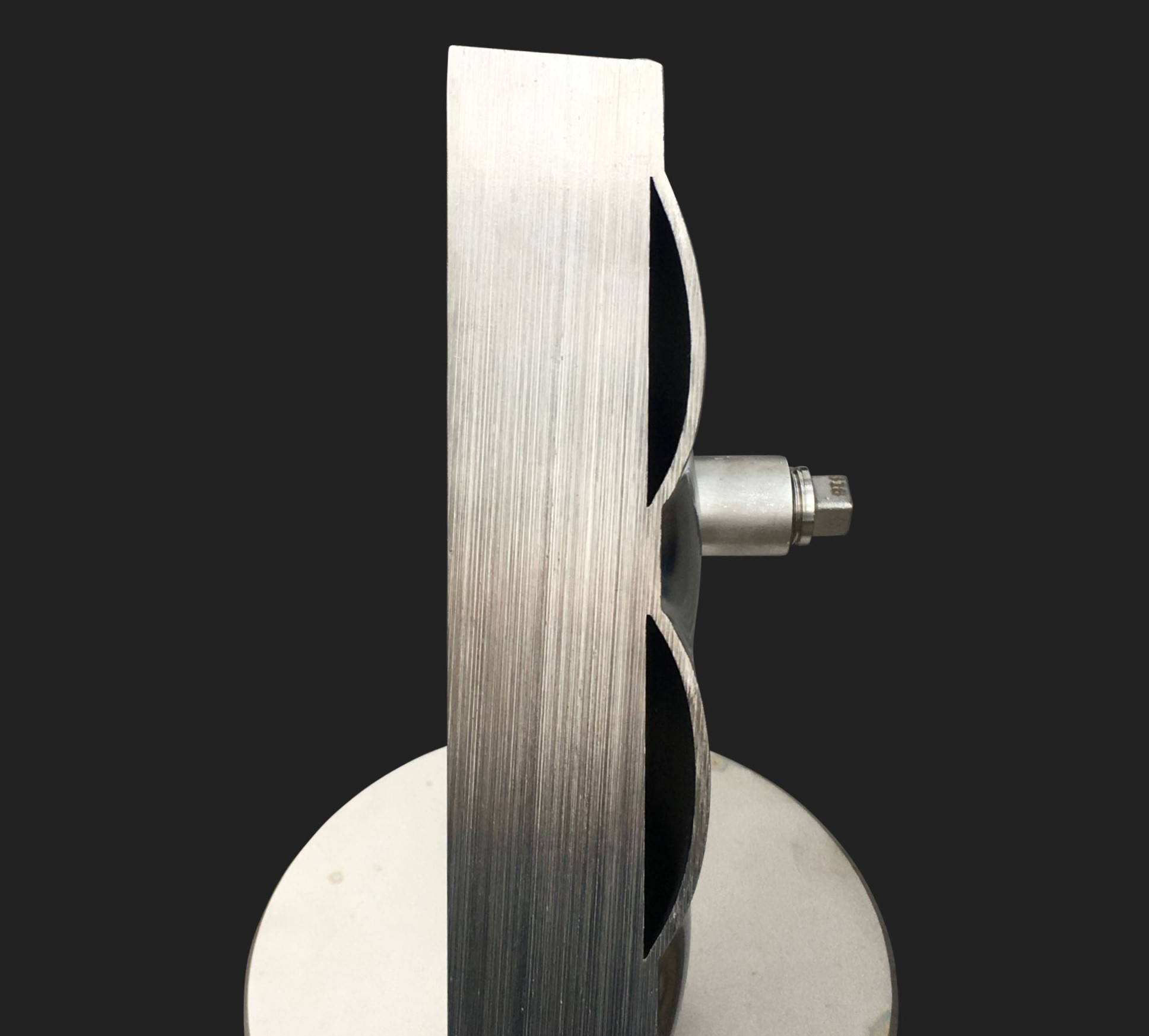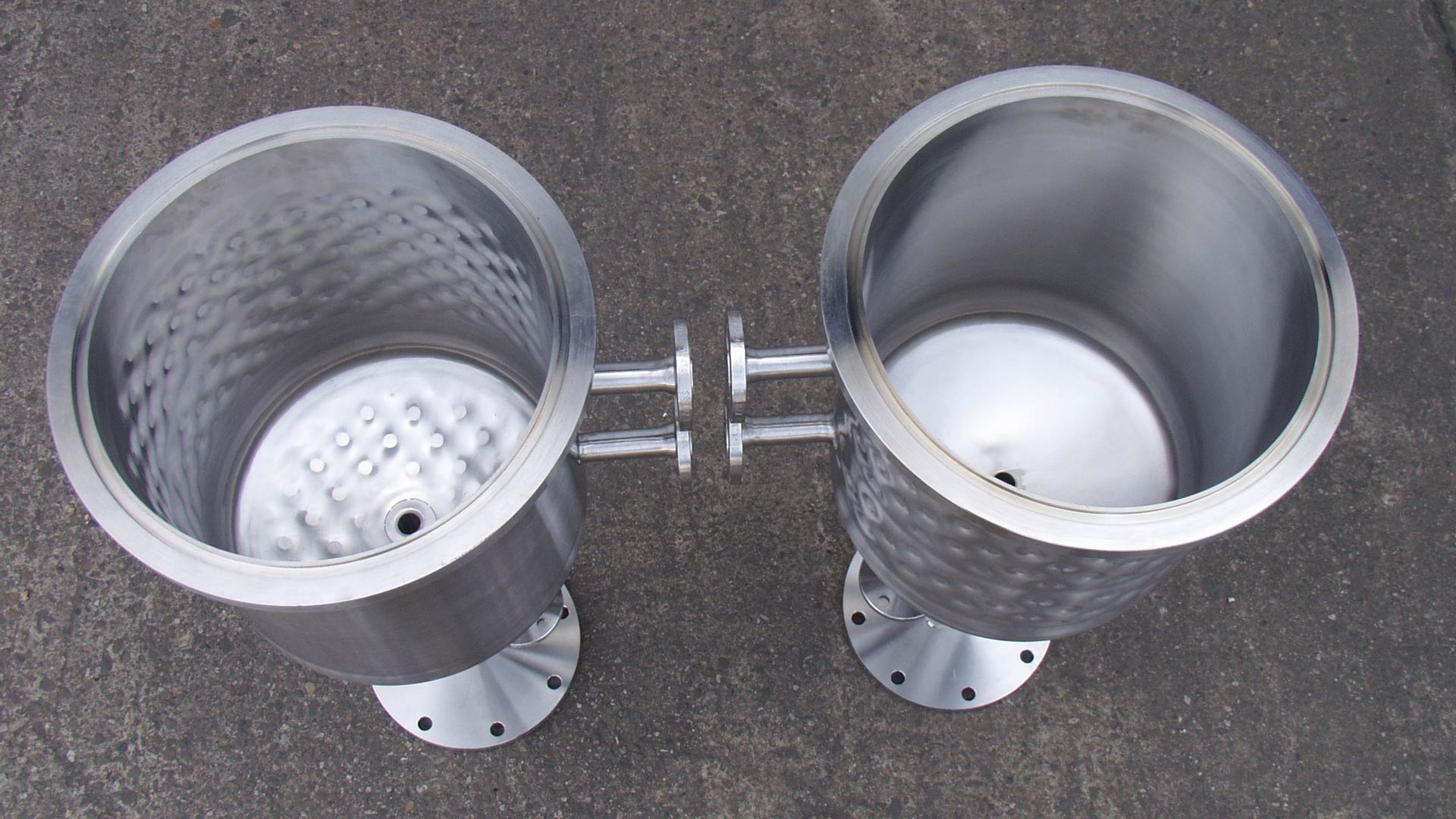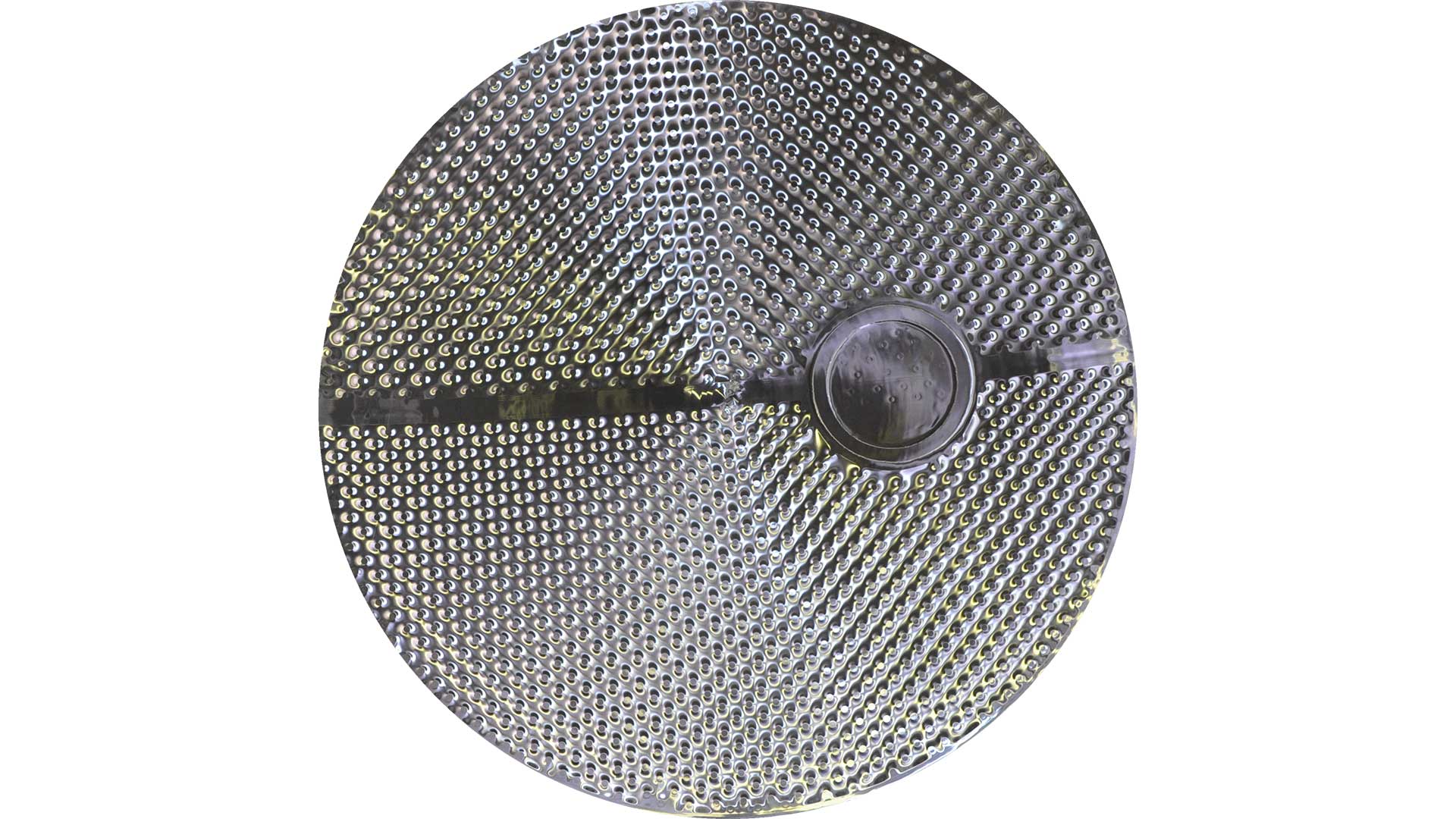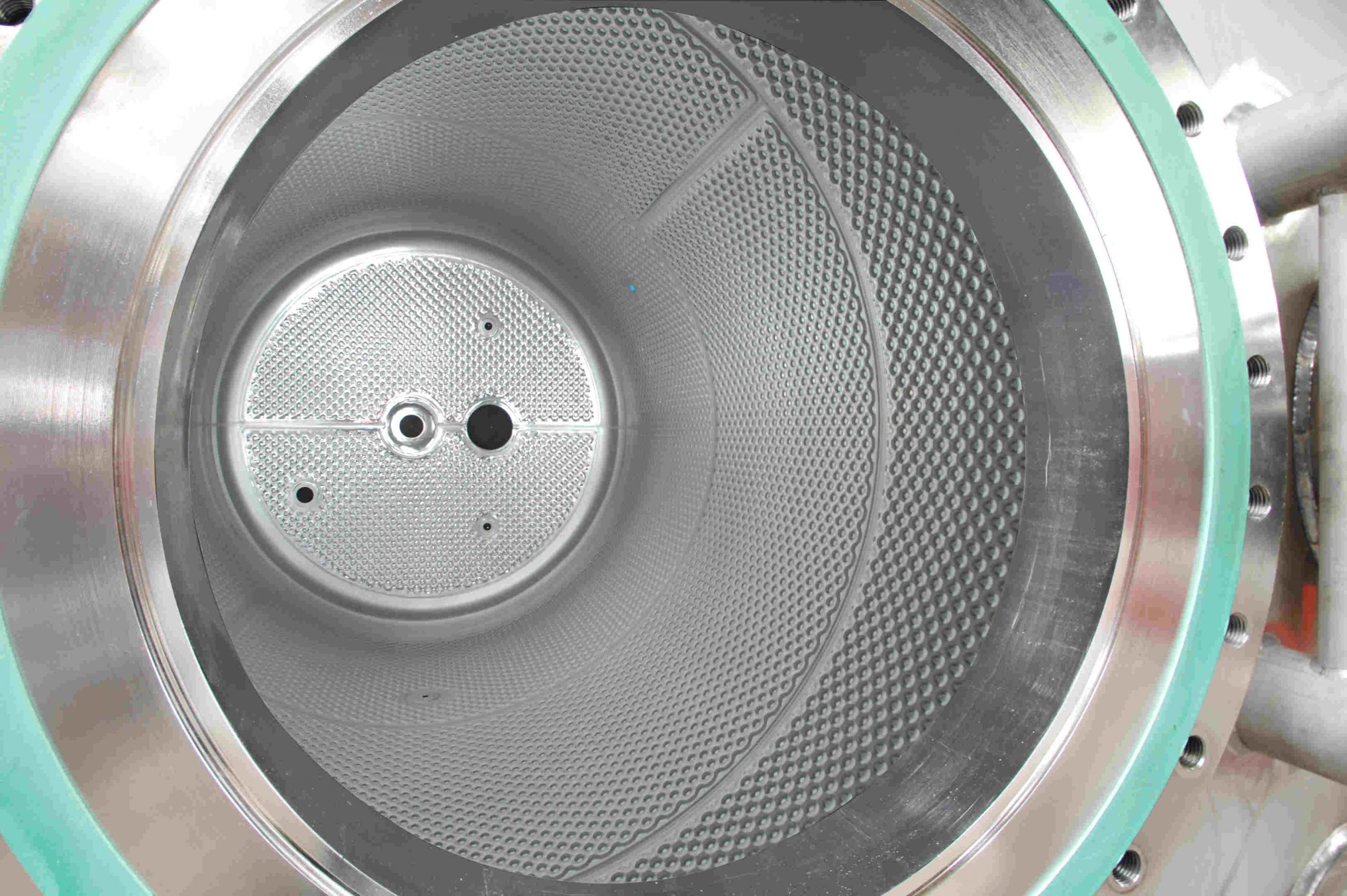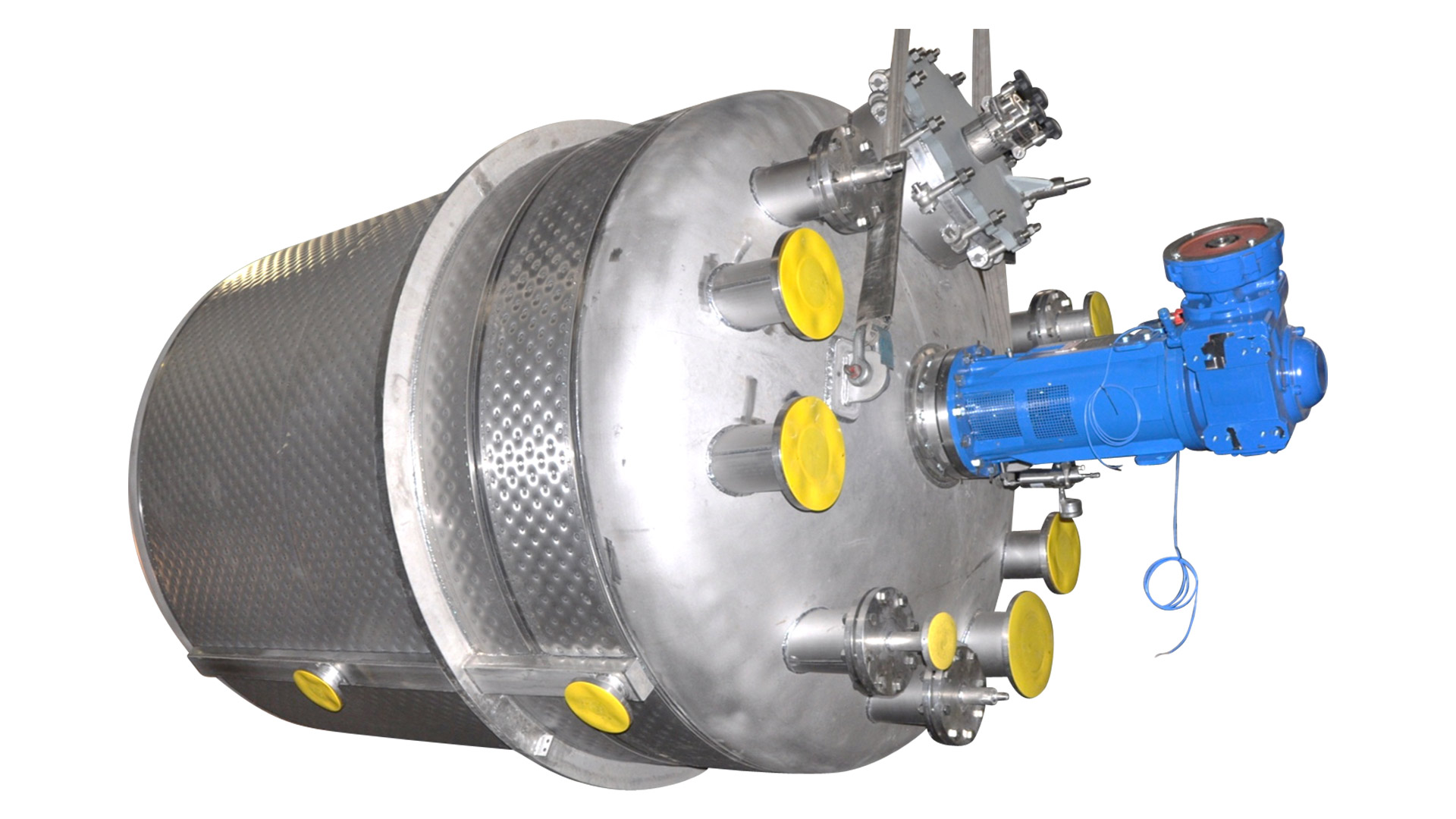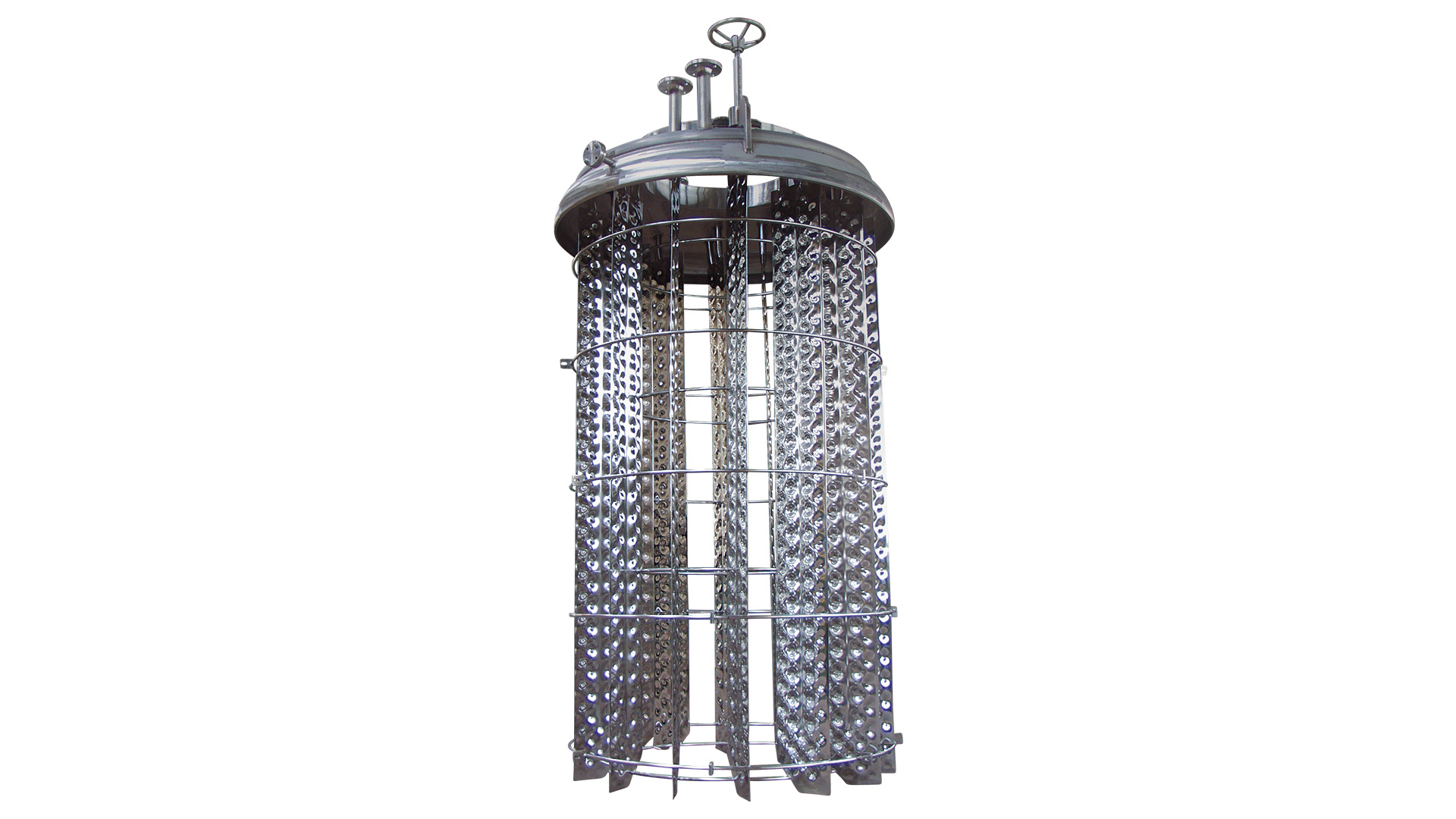WTP-Inside
In the chemical, pharmaceutical, cosmetics, textile and detergent industries as well as in petroleum processing, substances are used which are produced in batchwise agitator processes. These processes often require rapid temperature changes where heat must be supplied or removed. In this case the use of the WTP-System® on the inside of the reactor is technically and economically reasonable.The reaction process in batch operation in agitator vessels can be very sensitive to temperature changes and the residence time. At the start, for example, the pressure vessel is filled with reaction partners. If the process first requires activation energy, the contents must be heated and then cooled in the course of the reaction, with heat-emitting reaction.
Such process conditions require a fast and controlled heat supply or removal through the vessel wall. Too slow a counteraction can lead to decomposition of the product or to a thermal runaway of the reaction. Furthermore, the reactor must be cooled down to the initial temperature in batch operation before restarting and carefully refilled to compensate for possible pressure fluctuations.
With conventional heating systems on the outside of a pressure vessel – such as half-pipe coil or double jacket – the heat must be conducted through a thick-walled vessel wall. In contrast, the WTP-System® developed by LOB can now also be used on the inner wall of a vessel – combined with low sheet thicknesses of only 1.5 mm to 2.5 mm. This significantly reduces the thermal resistance, which is determined by the thermal conductivity of the material and the wall thickness of the container wall. The improved heat conduction and the high heat transfer coefficient inside the WTP-System® make it possible, depending on the application, to apply twice as much heat to the WTP inner jacket as double-walled steel tanks and almost three times as much heat as stainless steel tanks. This leads to a considerable reduction of batch times. The 50 % reduction in the mass of the vessel compared to the double jacket has the advantage that less energy is required to heat or cool the vessel, especially in exothermic reactions. The dead times occurring in batch processes for cooling, emptying, filling and renewed tempering can be considerably reduced between the individual batch processes and the economic efficiency can be greatly improved.
In case of mechanically caused damage, partial repairs of the inner jacket are possible. The WTP inner jacket is extremely resilient. Depending on the welding circuit grid, the internal pressure of the vessel can exceed 30 bar. The WTP inner jacket can easily withstand changing loads, with six-digit load change numbers. The WTP-System® can therefore be optimally used for high pressures and changing loads.
The WTP inner jacket can be designed by expansion and optimal fluid introduction in such a way that a high heat transfer coefficient is achieved for cooling water and a low pressure loss for large flow rates. If the product used tends to surface deposits, a mirror-like surface with very low roughness values can be created in the tank and on the internal WTP-System® by grinding and electropolishing.
The WTP inner jacket can be designed by expansion and optimal fluid introduction in such a way that a high heat transfer coefficient is achieved for cooling water and a low pressure loss for large flow rates. If the product used tends to surface deposits, a mirror-like surface with very low roughness values can be created in the tank and on the internal WTP-System® by grinding and electropolishing.

